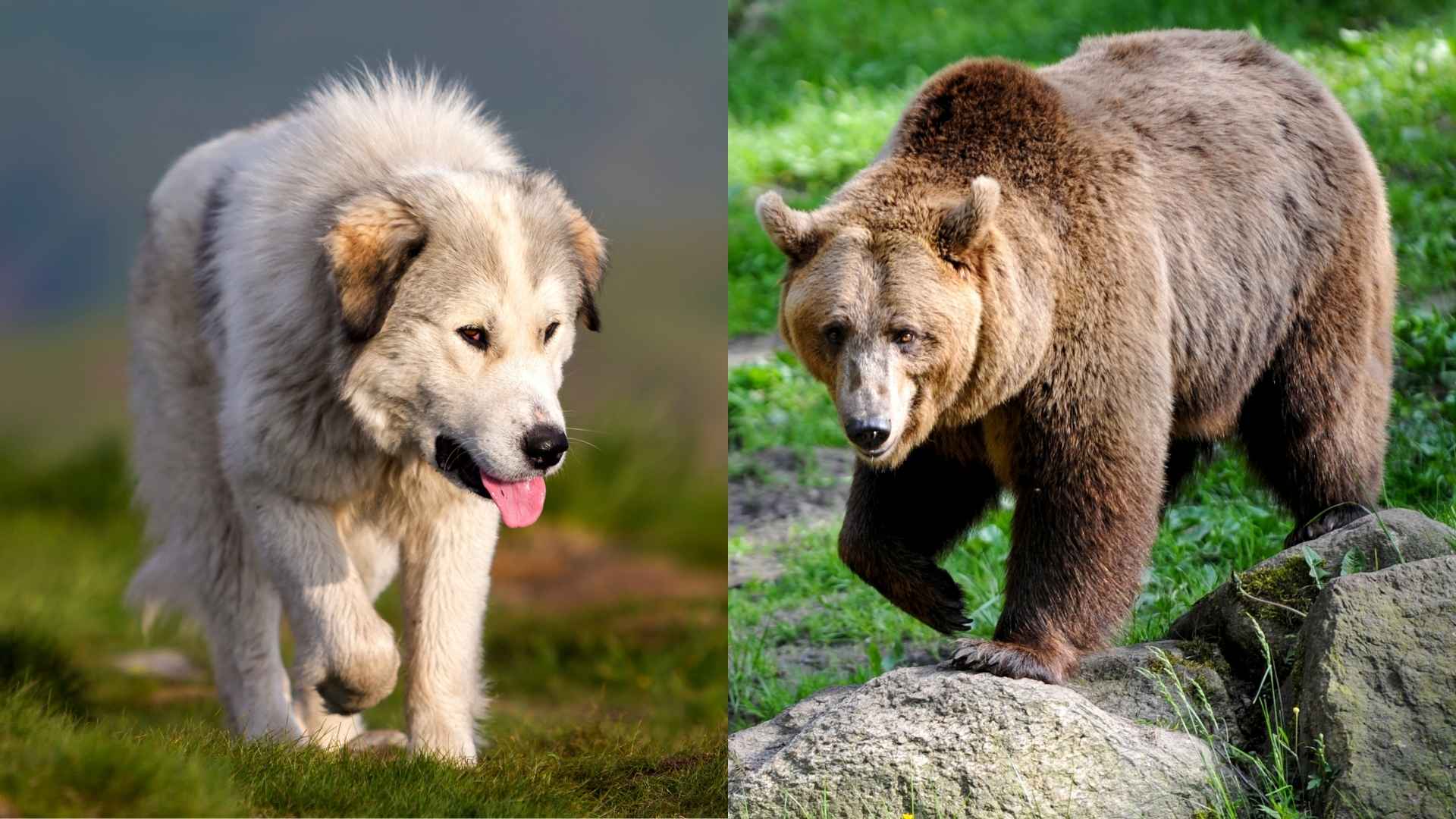What do bears, bees, and dogs have in common? At first glance—nothing. But in the world of beekeeping, their lives often collide. Bears love honey. Beekeepers work hard to harvest it. And dogs? Some are born to protect it.
In regions where bear visits are common, a secure fence may slow them down—but it won’t stop them. That’s why more beekeepers are turning to dogs, big, brave, and surprisingly gentle protectors of their buzzing colonies.
These dogs weren’t bred for play. They were bred to defend livestock, watch the land, and ward off threats without hesitation. They work quietly, stand tall, and won’t back down from a challenge.
In this article, you’ll meet the breeds trusted across the globe to defend apiaries from bear attacks. They don’t chase. They control. And they’ve become vital partners to beekeepers looking to guard their farms with loyalty and strength.
Dog Breeds That Guard Beekeeping Farms From Bears
1. Kangal
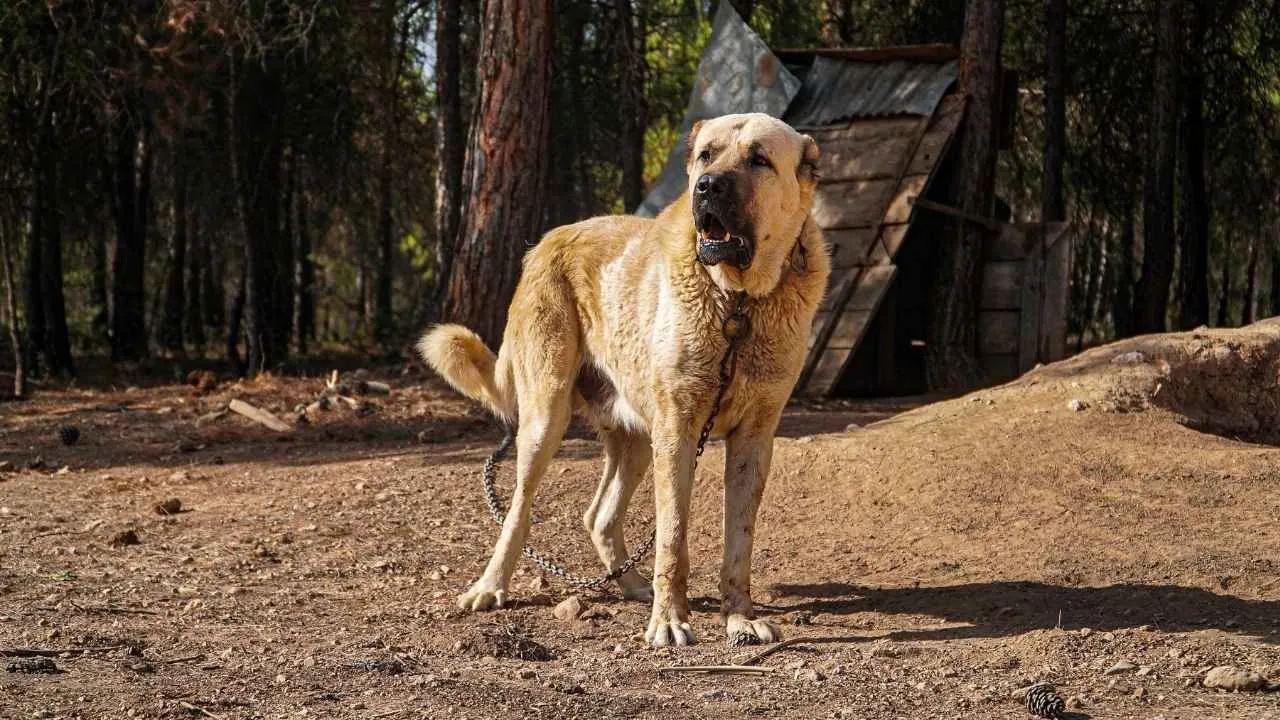
The Kangal originates from Turkey and was historically developed to protect herds in rugged, remote regions. Their strength and spatial awareness help them manage large areas without direct supervision. This makes them especially effective for guarding wide, open farm spaces.
Heightened Awareness Without Panic
Kangals are known for their calm but hyper-alert nature, especially when sensing approaching threats. They can detect bears at a distance and position themselves strategically without triggering the kind of chaos seen in other dogs. Their instinct is containment over confrontation.
Bite Force That Means Business
They are recognized for having one of the strongest bite forces measured in domestic dogs, making them a serious deterrent to wild canines like bears. Their physical presence alone has been noted to discourage predators before a situation escalates. That’s part of what beekeepers rely on.
Trusted Among Livestock Guardian Dogs
In regions like Sivas and parts of the Balkans, Kangals are still widely used to protect livestock, crops, and even beehives. Their independence, loyalty, and restraint make them stand out from other dogs in similar roles. That balance between vigilance and control is key.
2. Maremma Sheepdog
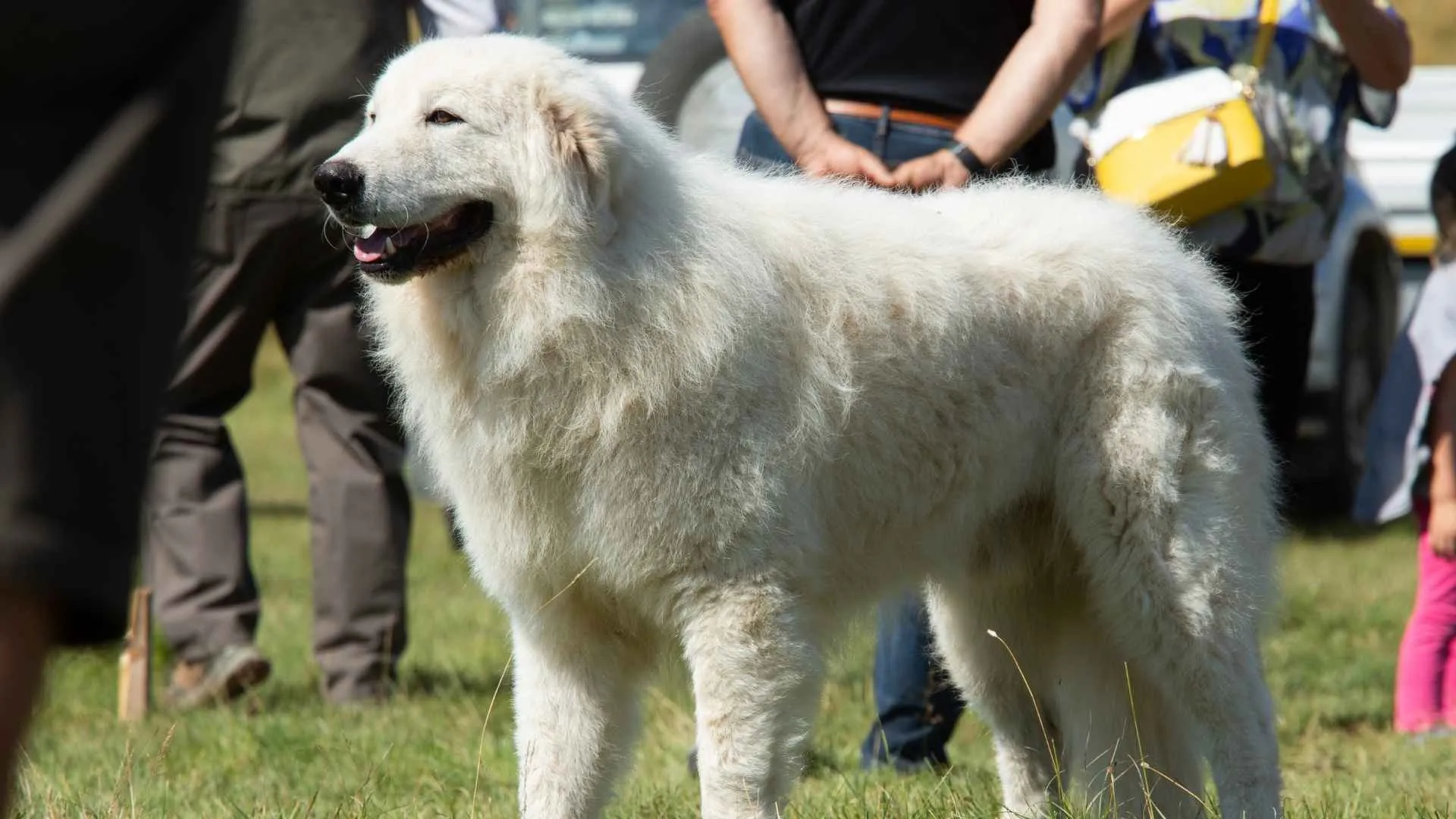
The Maremma is known for its deep-rooted sense of area ownership, which is critical when protecting beekeeping zones. They instinctively position themselves between danger and what they’re guarding. Their body language is often enough to deter threats before they escalate.
Calm Nature in Stressful Situations
Their ability to stay composed in front of larger predators gives them an edge among modern guard dogs. Raised to protect livestock in harsh environments, they’re equipped to stay focused without unnecessary aggression. This trait keeps farm surroundings stable and secure.
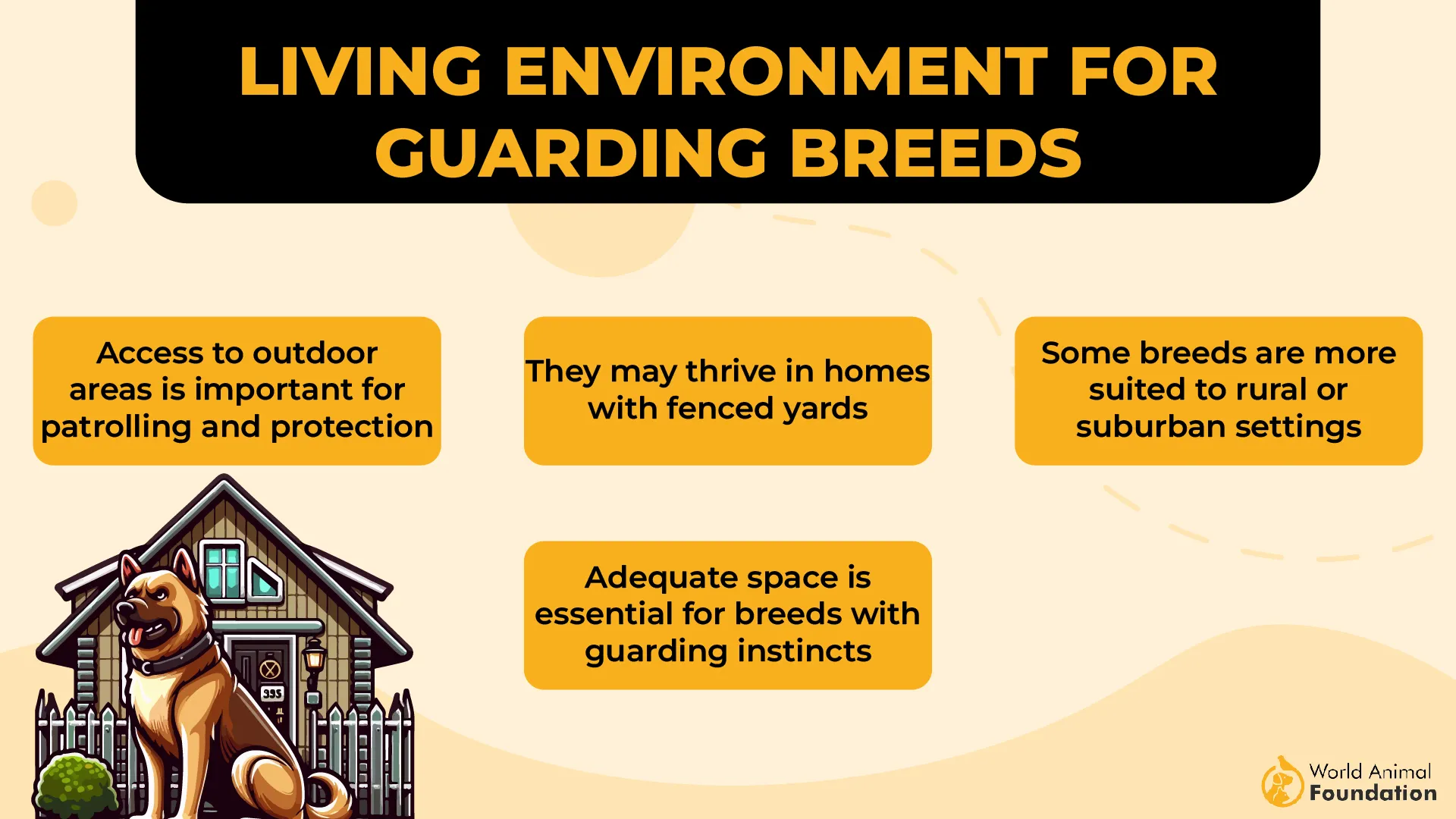
Origin Shaped Their Working Style
Originally developed in the rural regions of central Italy, they were bred to work without constant supervision, as stated in Dogs Australia. Their endurance in isolated, open land makes them ideal for protecting bees and livestock alike. They thrive where active patrolling is needed over long hours.
Confidence Without Overreaction
Maremmas do not chase blindly or panic in unfamiliar situations, making them stand out among lgd breeds. Their size, presence, and silent control have long served remote areas where large dogs are expected to manage without backup. This clarity of role keeps them dependable.
3. Anatolian Shepherd Dog
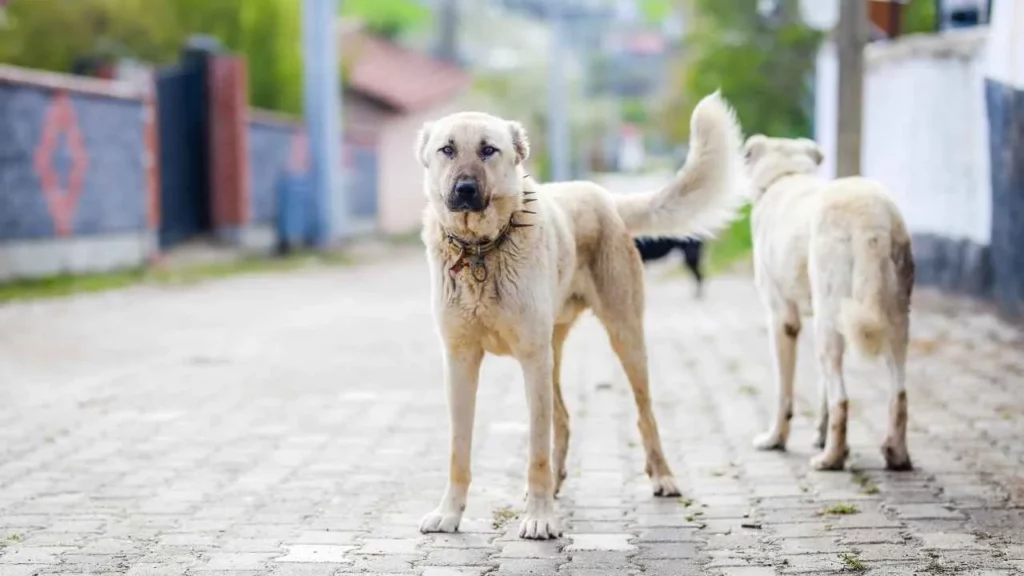
Anatolian Shepherds move with quiet purpose and a scanning gaze that misses little. Their alert but calm nature lets them detect movement well before a bear gets close. They don’t create noise or drama — they create boundaries predators don’t cross.
Independent Worker, No Supervision Needed
These dogs operate with minimal guidance, often pacing large open areas alone for hours. Their ability to think on their own makes them trusted protectors in isolated beekeeping farms. That self-reliance is part of what separates them from other working dogs.
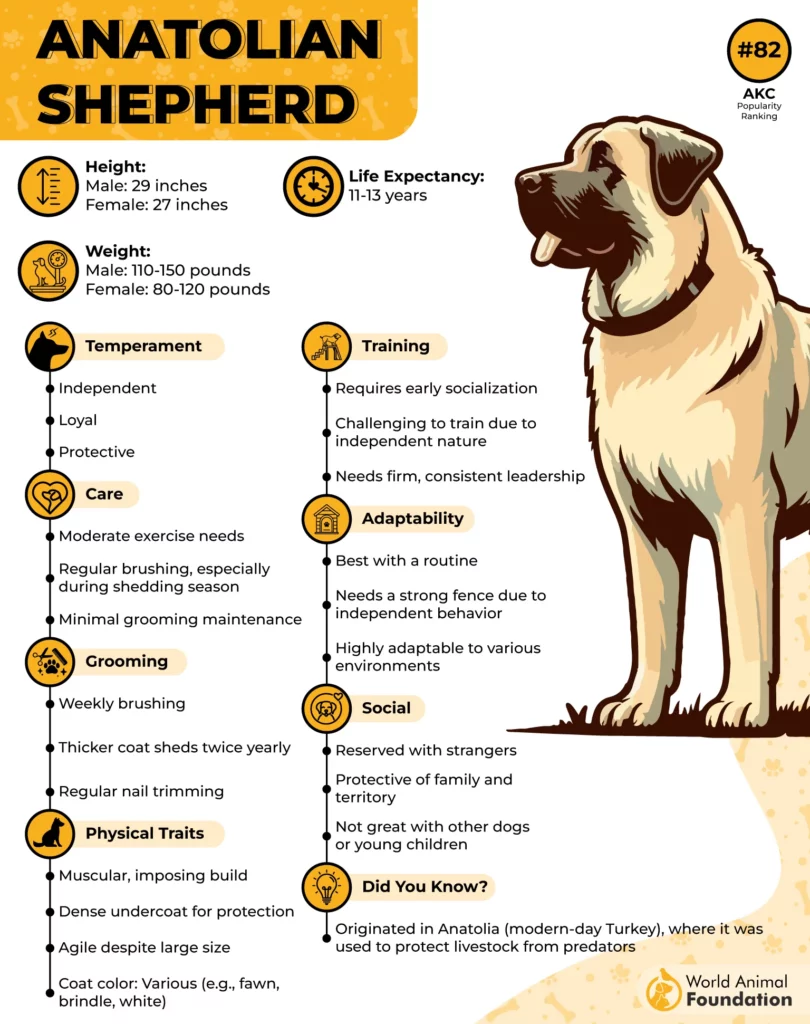
Physically Built for the Job
Their muscular frame, short but thick double coat, and thick neck protect them during physical standoffs, as stated in the AKC. As one of the more resilient large breeds, they remain effective even in harsh terrain. Their size alone serves as a powerful warning to wild canines approaching the area.
Deep Roots in Functional Guarding
They were originally bred in the Anatolian plateau of Turkey to guard livestock from wolves and jackals. That same instinct applies to modern-day farms, especially where bears and other wildlife pose a threat to bee colonies and livestock guardian dogs share space.
4. Great Pyrenees
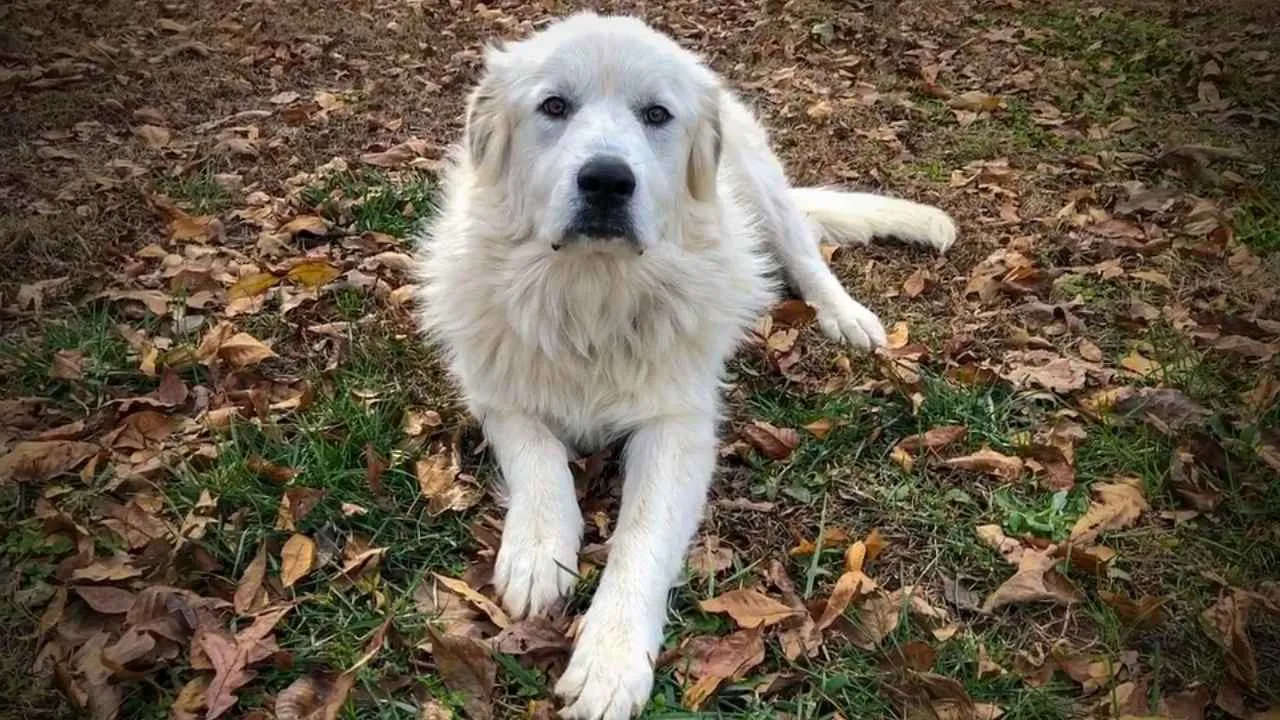
Did You Know: The Great Pyrenees was officially declared the Royal Dog of France in the 17th century, used to guard the Château de Lourdes and other estates in the Pyrenees region.
The Great Pyrenees were historically used to guard livestock in mountainous regions of France and Spain. Their natural tendency to roam the outer edges of property lines makes them ideal for farms with beehives needing constant surveillance. They patrol with quiet consistency.
Confidence Without Constant Direction
They operate well with minimal human guidance, often choosing their own strategic posts for visibility and control. This independence becomes crucial when monitoring large farm spaces or remote hives. Their decisions are based on real-time threat evaluation, not reactive behavior.
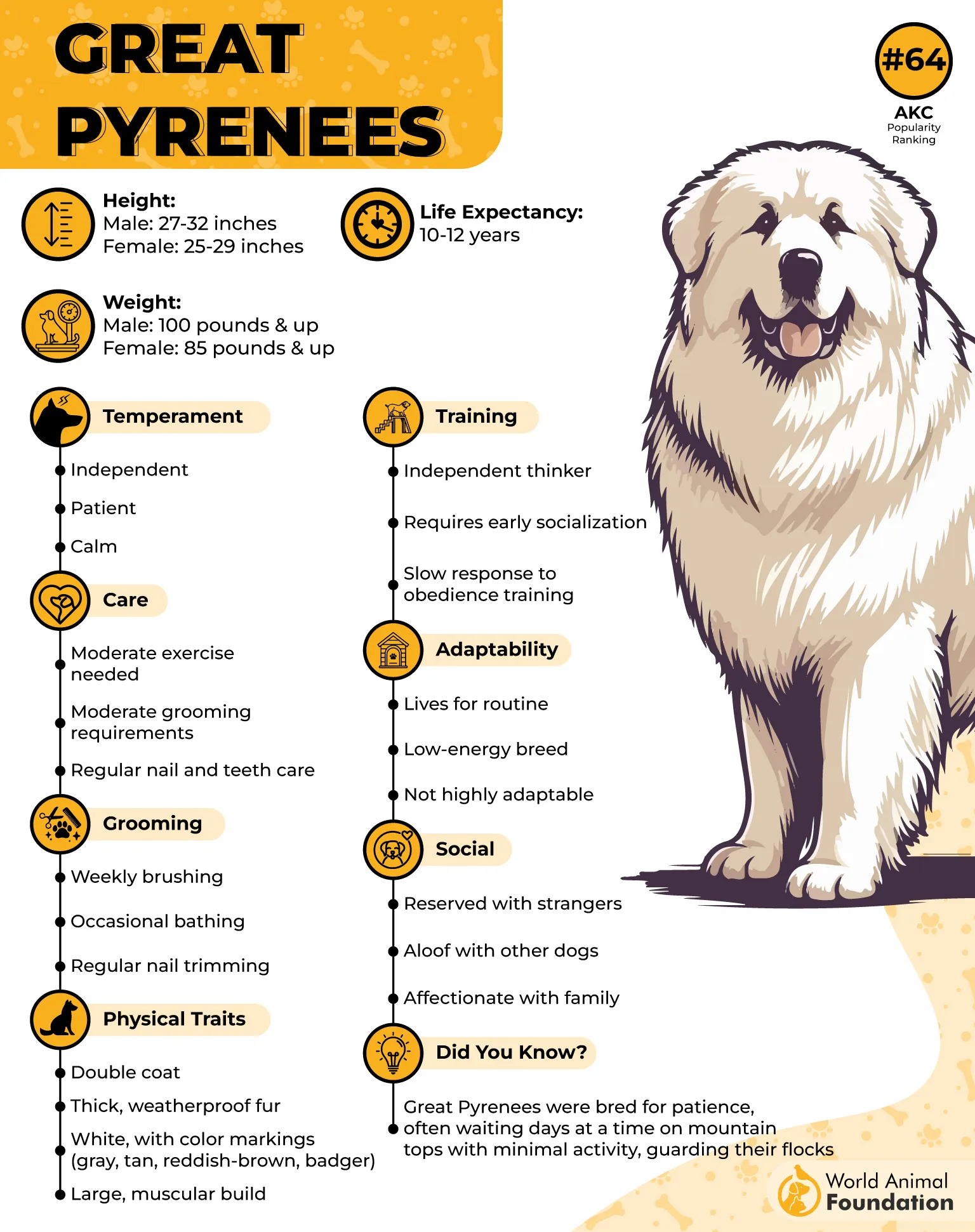
Physique That Bears Remember
Their size and presence alone often prevent wild animals from moving closer to the farm. When necessary, they stand their ground and escalate only when absolutely needed. These traits are part of what makes them effective guardians in rural landscapes.
Valued Where Threats Are Real
Beekeepers in predator-heavy areas see them as a valuable asset, both for their vigilance and restraint. Their calm demeanor also reduces stress for other animals on the farm, eliminating the need for constant intervention beyond a routine vet visit.
5. Caucasian Shepherd
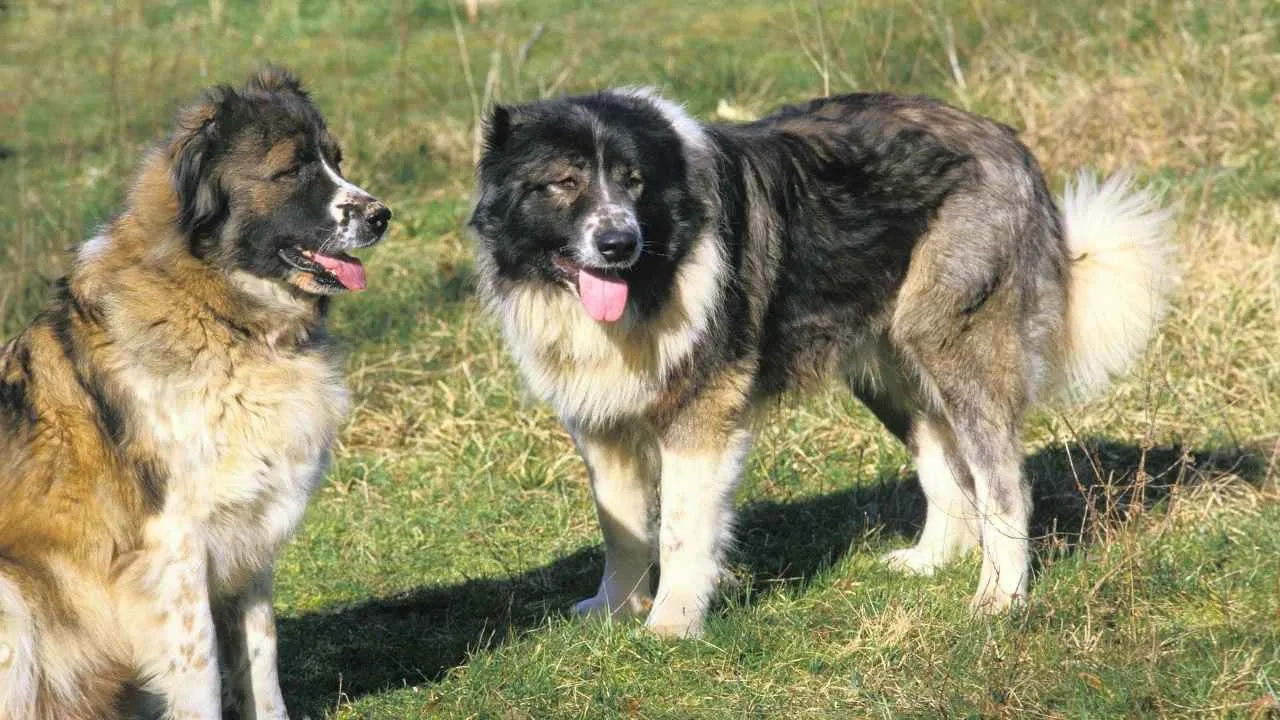
Caucasian Shepherds are known for their calm presence in the face of pressure. They don’t bark unnecessarily and tend to observe before reacting, which helps maintain peace around delicate hive zones. Their natural confidence shows without creating chaos.
Protective Nature That Knows Its Circle
These dogs are deeply loyal to those they live with, including both their owners and their flock. Strangers aren’t greeted with friendliness, which works in favor of beekeepers in bear-prone regions. The breed’s strong judgment allows it to decide when to act.
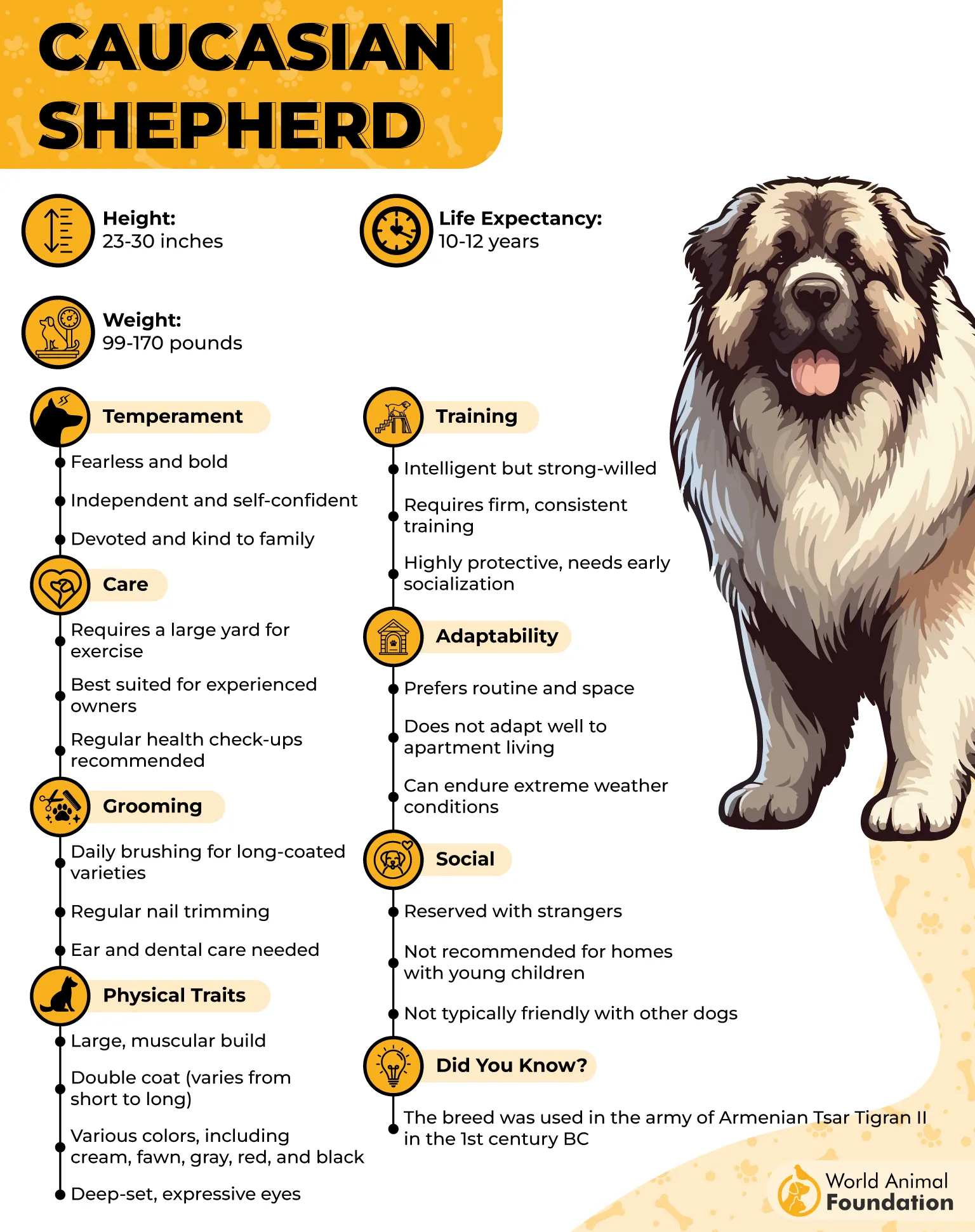
Rooted in Mountain Survival Lines
Originally from the Caucasus region, this breed was built to survive and defend in harsh, elevated terrain. Even pups raised on farms grow into dogs that handle rough ground and cold climates with ease. Their thick coats add to their endurance during long outdoor shifts.
Strength Combined with Deliberate Movement
Caucasian Shepherds aren’t quick to chase but hold their ground when threatened. They rely on their sheer presence to keep wild animals from venturing closer. This balance of size and control is something experienced owners especially appreciate on open rural land.
6. Kuvasz
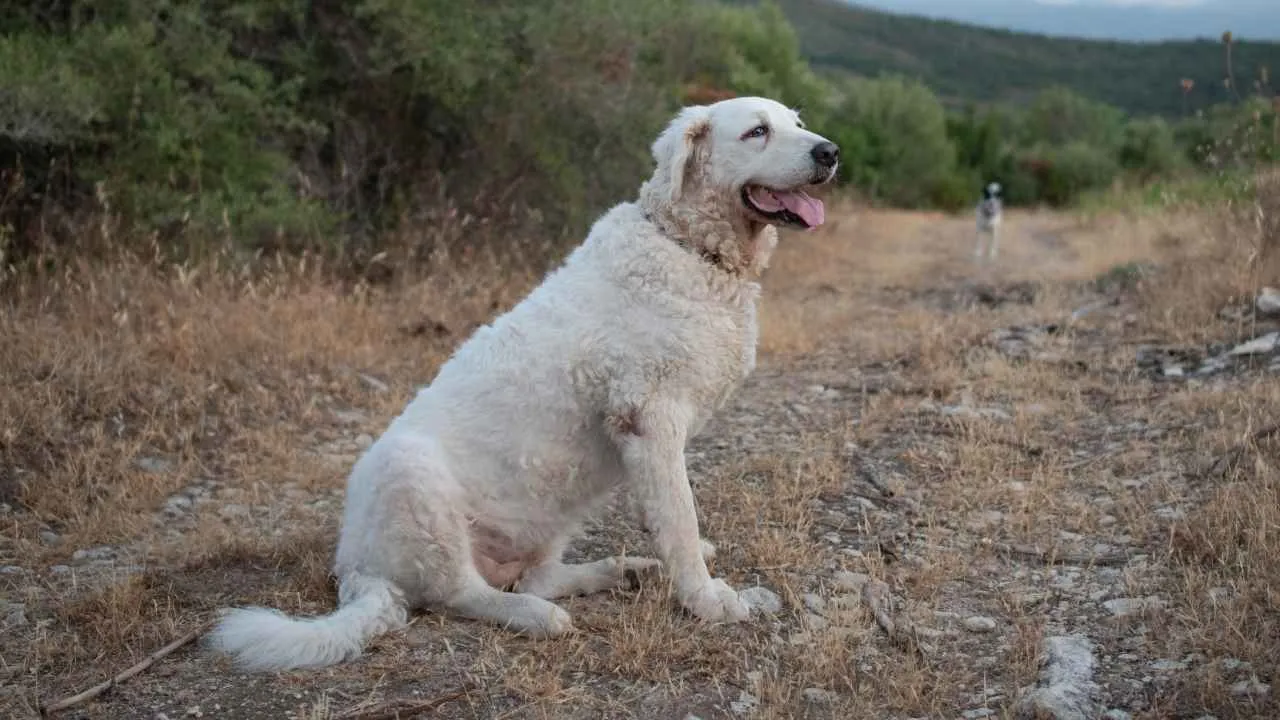
The Kuvasz has deep Hungarian roots, bred for centuries to guard livestock without commands or supervision. This breed is known for its ability to think independently and protect remote farmlands. That self-sufficiency is crucial when monitoring bee farms in isolated areas.
Sharp Instinct and Silent Response
Rather than barking at every noise, Kuvasz dogs observe, assess, and act when needed. This calculated approach avoids unnecessary disturbance while still deterring large predators. They rely more on presence and posture than excessive noise to warn off threats.
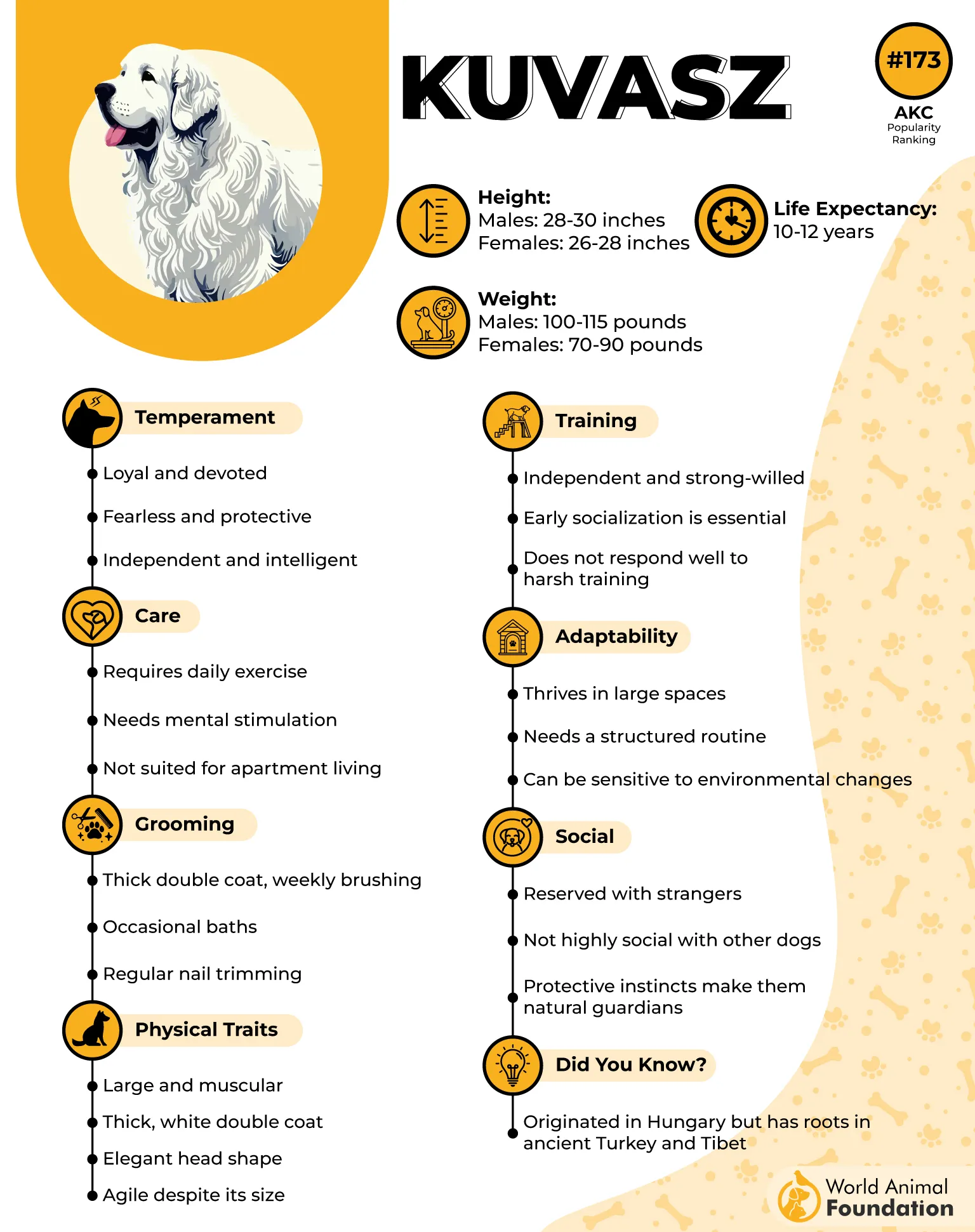
Stamina Suited for Open Terrain
With a dense, weather-resistant coat and high endurance, Kuvasz thrive in harsh environments, as highlighted in the CKC. They can patrol long perimeters and stay alert through changing conditions. That reliability is especially useful in rugged landscapes where bear sightings are unpredictable.
Protective Without Aggression Issues
They build close bonds with livestock and their territory but are not reactionary or unstable. When trained early, their judgment in high-pressure situations becomes one of their strongest traits. This steady temperament helps keep bear encounters under control.
7. Komondor
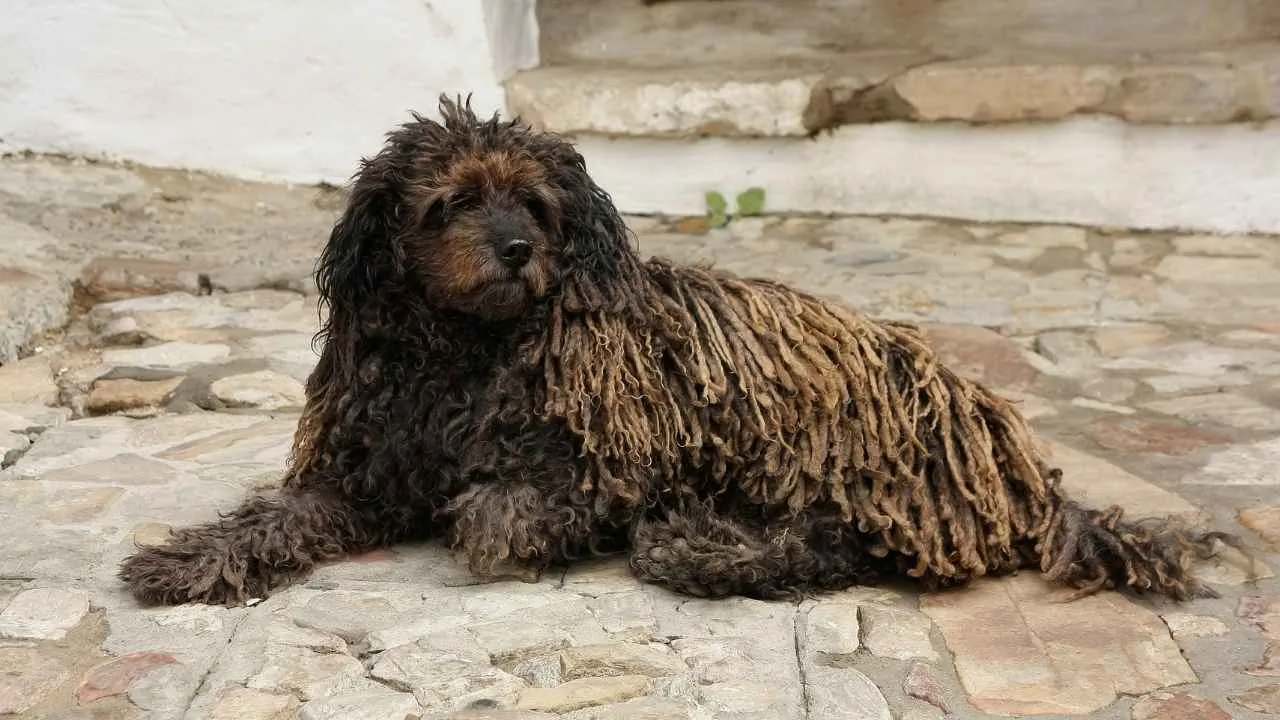
The Komondor’s dense, corded coat blends seamlessly into flocks or open fields, allowing it to stay unnoticed by intruders. This natural disguise gives it a unique tactical advantage, especially when monitoring quiet farm areas. Bears often don’t detect it until it moves.
Independent Decisions Without Delay
This breed was developed for unsupervised livestock guarding, which trained it to respond quickly and confidently. Komondors do not wait for cues and are known to step between danger and what they’re protecting. This self-driven reaction is crucial on remote properties.
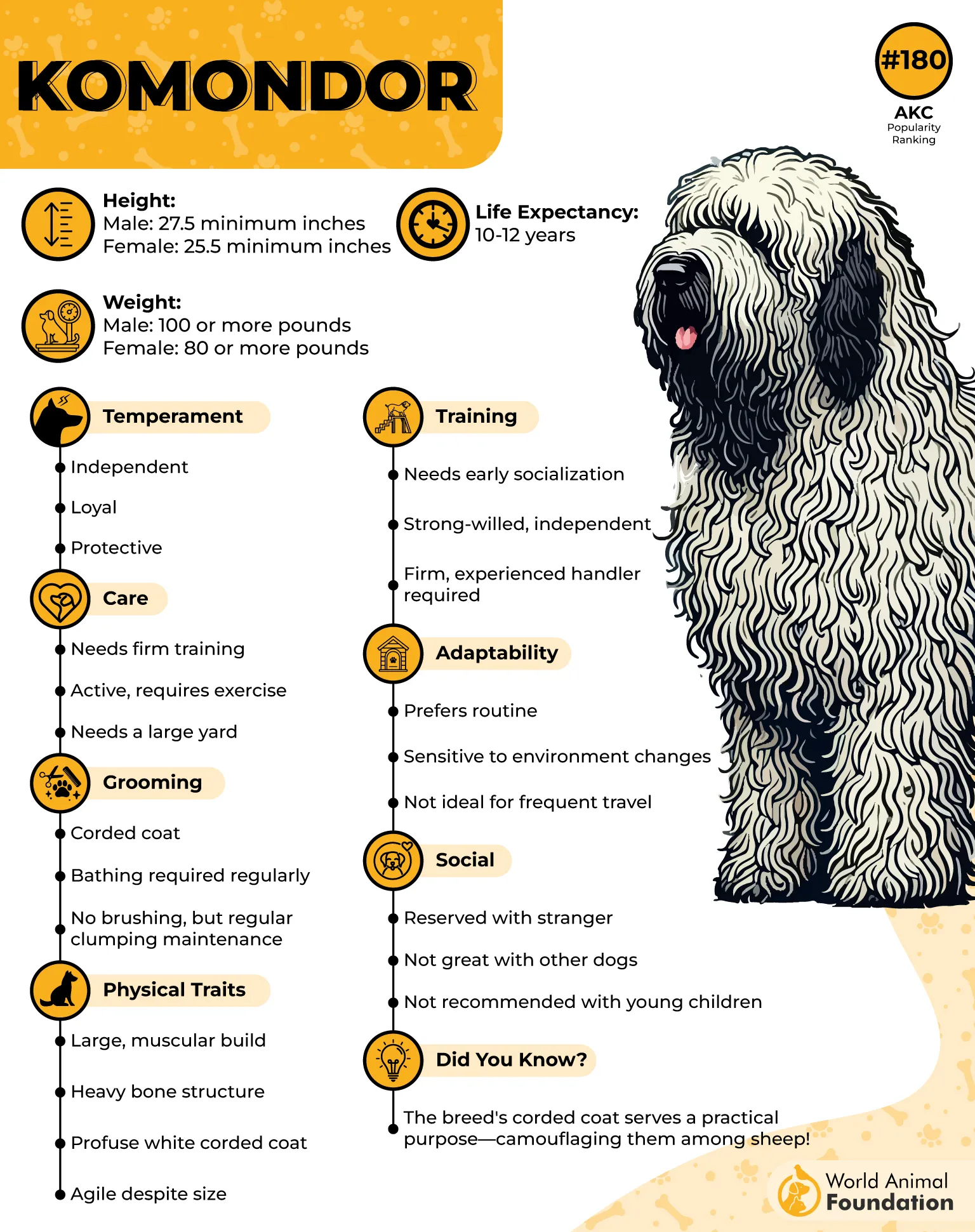
Defensive Strength Backed by Presence
Bears respond to size and sound, both of which the Komondor delivers effortlessly. Its large frame, alert posture, and deep bark can disrupt an approaching threat before it gets too close. These traits continue to be used by farms that prioritize passive deterrence.
Tradition-Backed Reliability in the Field
In Hungary, the Komondor has a long history of guarding livestock, including sheep and goats near wooded regions. Its stamina, territorial instincts, and zero tolerance for uninvited movement make it a trusted pick for farms exposed to natural predators.
Conclusion
On beekeeping farms, peace doesn’t come easy. When grizzly bears, black bears, and most predators circle the edges, you need more than fencing—you need dogs bred to protect.
These guardians aren’t loud or reckless. They move with purpose, protect the family, and step in before trouble starts. Even a curious puppy learns early how to hold ground without being aggressive. Their presence alone has stopped livestock from being killed, and kept hives safe.
Whether managing free-range bees or monitoring roaming dogs, these breeds stay focused. A good working dog doesn’t need rewards or praise, just space, trust, and solid dog food. That’s what keeps them going when danger approaches again.


